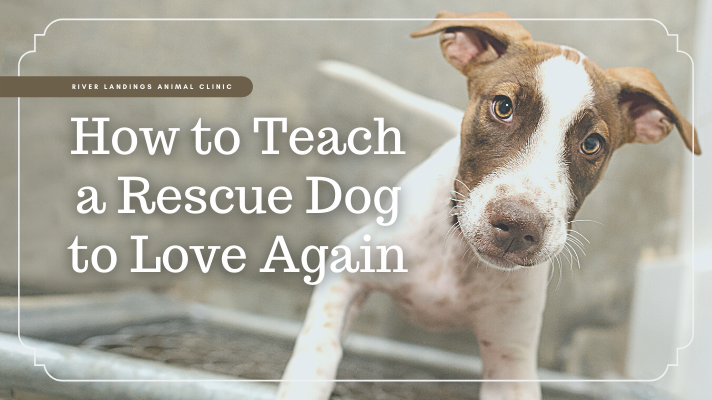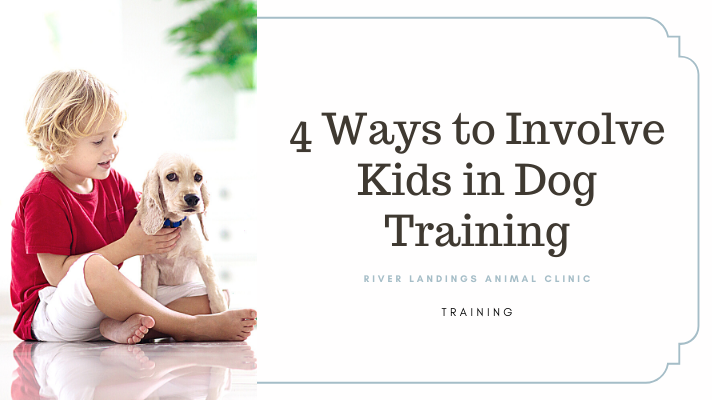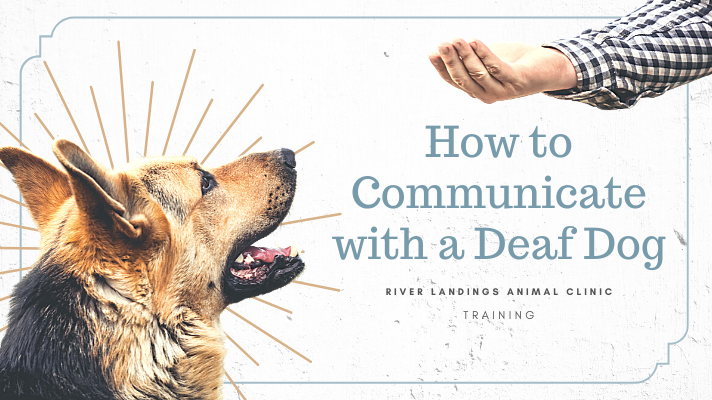You finally mustered the nerve to carry out the task you’ve been dreading all week—a must because you’re having guests and you want your pet to look their best! Brush in one hand, nail clippers in the other, you begin your hunt throughout the house. “Over here!” shouts your spouse. The two of you conspire to hold the struggling pup down to give a toenail trim and groom their mats out but after just seconds you both give up.
Many pet parents are afraid or unable to trim their dog or cat’s nails and some are even unable to brush their pets. You might think it’s not a big deal; however, these are essential pet care tasks that may need to be performed on a regular basis. Untrimmed or worn nails can snag on objects and tear as well as cause abnormal walking gait. They can even grow so long that they curve around back into the foot causing lameness and pain. Long nails can also cause damage to furniture and can scratch humans who are playing with their long-nailed pets. Brushing is also essential in pets with long-hair or thick coats in order to prevent matting, help decrease shedding, and prevent associated skin problems.
Getting Started
In order to teach your dog to accept grooming, you are going to need a few basic supplies. You should have a toothbrush and toothpaste specially designed for dogs, which are generally available at your vet or local pet store. A brush and dog nail clipper or Dremel will also be vital for training as well as essential grooming tools you should keep at home for in between-groomer-visits doggy maintenance. Finally, a selection of treats will come in handy for teaching your dog to associate pawsitive and happy experiences with grooming.
Training pets to be ok with being brushed
Step 1- Introduce the brush
Brushing is a vital part of your dog’s health. Brushing your dog’s coat stimulates growth, eliminates loose fur, and distributes natural oils to help with overall coat health and appearance. To begin teaching your dog to like being brushed, first let them inspect the comb, brush or other grooming tool. Be sure to treat and praise your dog for sniffing and ignoring or otherwise being indifferent to the presence of the brush.
Step 2- Touch with the brush
Once your dog is used to the brush, touch them gently on their body with the brush. Remember to treat and praise after for good associations with the grooming tool.
Step 3- Brush your dog
Once your dog is used to being touched with the brush, start performing gentle stroking motions over their coat. Keep the grooming sessions short, as you are still in the acclimation phase and aren’t actually looking to clean or style your pup at this time. Give plenty of treats to your dog while brushing.
Step 4- Add in other tools
Once your dog has learned to accept being brushed, it’s time to work in other tools. Shower heads, blow dryers, combs and clippers are all common items used by groomers. Acclimate your dog to one item at a time using steps 1-4 above and your pooch will learn to love grooming in no time.
Training pets to be ok with having their nails trimmed
Step 1- Handling the feet
Dogs naturally have an aversion to having their paws handled. You’ll need to slowly acclimate your dog to having their paws, pads, and nails touched in order to teach them to allow their nails to be clipped. Start out with a selection of treats nearby and with your dog in a relaxed position, preferably lying down. Spend some time briefly touching and lightly squeezing the paws, always followed by a treat.
Step 2- Touching and squeezing the nails
After your dog is used to having their paws handled generally, move to the more sensitive nails. Start by touching the nail for just a moment and then praising and treating your dog. Slowly work up to squeezing your dog’s nail gently to imitate the pressure applied by clippers or a file.
Step 3- Introducing tools
Once your dog is used to your hands touching their nails, you will need to introduce your cutting apparatus. Depending on the size of your dog, you may choose to use a file, clippers or an electronic Dremel. Touch your nail trimmer to your dog’s nail briefly and then treat and praise. Repeat until your dog is not concerned with the trimmer being near or touching them.
Step 4- Begin filing and clipping
Start off filing or clipping briefly, one nail at a time instead of the entire foot. After the first trim, praise and treat your dog. If Fido becomes agitated, you may need to repeat earlier steps, getting your dog used to the trimmer touching their nail.
Step 5- Practice and repeat
Slowly work your way up to two, three and then all the nails. Be sure to work evenly on your dog’s front and back feet, both for practice and in trimming. Nail trimming is an important grooming chore on your dog and an essential behavior for training your dog to allow grooming.
Training pets to be ok with having their teeth brushed
Step 1- The touch
Teaching your dog to accept inspection, brushing and other manipulation of the mouth is vital for good oral hygiene. Start out in a familiar and neutral area of the house. Wait until your dog is calm and relaxed and then touch their muzzle gently and briefly. Immediately treat and praise.
Step 2- Lift the lip
After your dog has become used to you touching their muzzle, progress to lifting a lip briefly. After you’ve released the lip, quickly treat and praise to create a strong association with food items and your manipulation of their mouth.
Step 3- Increase duration
Once your dog is accepting regular lifting of the lip, increase the amount of time you touch and hold onto their lip. Hold their lip up and inspect their teeth. When you release, immediately treat and praise.
Step 4- Add the brush
Repeat steps 1-3, adding in a tooth brush instead of your hand or finger. Your dog may be curious about the brush at first. It will be important to only treat and praise when they ignore the implement instead of trying to chew or lick it.
Step 5- Let's get brushing
After your dog is acclimated to the feel of the brush, it’s time to clean their teeth. Start by touching the brush to the teeth and then work your way up to a gentle scrubbing motion. Before you know it, your pooch will be ready to show off those pearly whites to the professionals.
Hear From Us Again
Don't forget to subscribe to our email newsletter for more recipes, articles, and clinic updates delivered straight to your e-mail inbox.
Related Categories:





